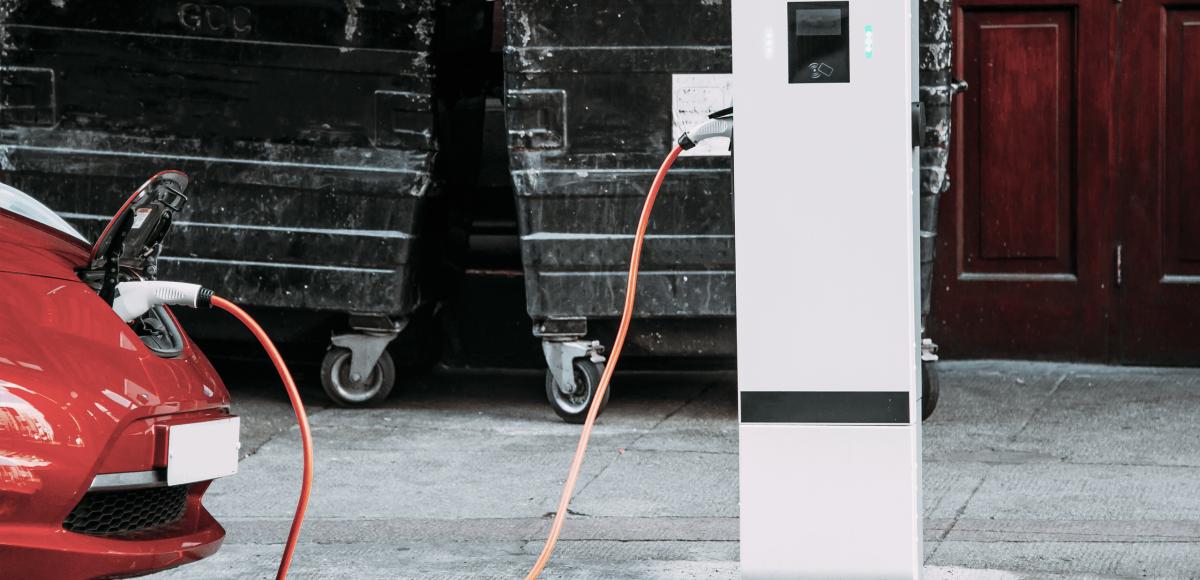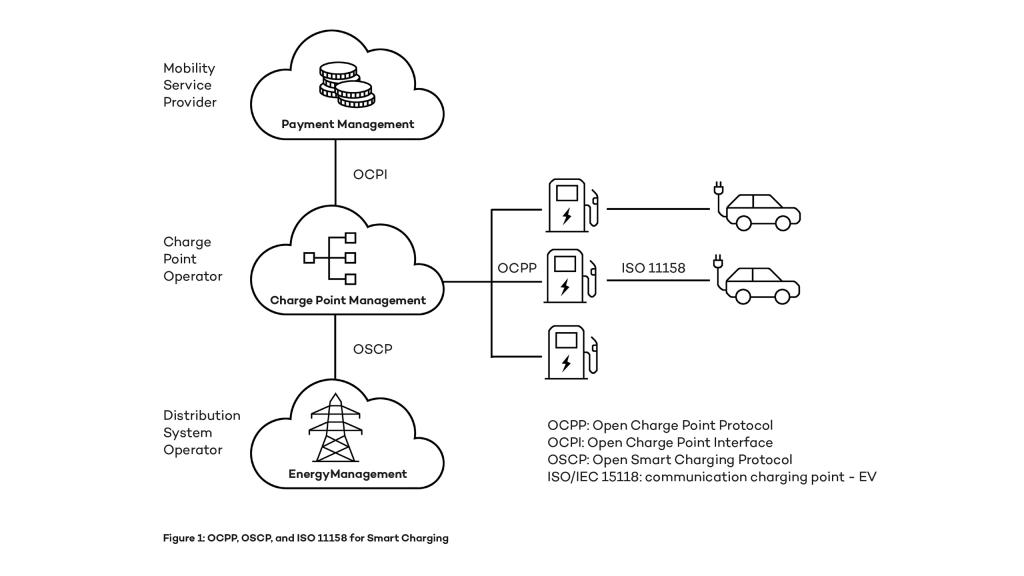
Electro pop
Electric mobility will be the next stage of automobility. This message is now generally accepted as truth. But how does e-mobility become more popular and mainstream and what role do digital technologies and standards have to play? Our experts Steffen Schaefer and Benedikt Unger dare to look into the near future.
Electric vehicles (EV) appear to have finally made the move from niche toy to mainstream products. In 2020 alone, electromobility has experienced a veritable boom. Automakers around the world are outdoing each other with announcements about when their vehicles will be exclusively electric. Subsidies and grants are available, the choice of models is expanding, charging infrastructure is rising, and the awareness within the population about climate change and air quality issues is growing.
E-mobility – the new normal
How do digital technologies impact user experience in the context of electromobility, and how is digitalisation changing business models and value chains? What might electric mobility look like at the end of this decade? Looking forward, we expect further acceleration. Before the decade is over, Europe will surpass 30 million electric vehicles on the road – up from around 3 million at the end of 2020. That is, if the required infrastructure, both from a physical and digital perspective, can keep up with this growth. Most EV owners will charge their vehicles at home (68% of all charging activities, according to the German National Centre for Charging Infrastructure). But as EVs become more widespread, not everyone will have access to a parking space with a personal charger. Workplace charging, super-fast charging at charging hubs, destination and curb charging will all see very significant growth.
Electric vehicles and digital technologies go hand in hand
Digital technologies such as smartphones and mobile internet, industrial IoT, cloud computing, or machine learning have been around and they have contributed strongly to a boom of the electric-mobility market, being at the intersection of the energy and mobility sectors. However, EV drivers voice their frustration about the lack of reliability and usability of the charging infrastructure. Generally speaking, user experience in electric mobility is far from perfect. Two issues that are frequently mentioned are interoperability – the need for several cards and apps for different charging networks – and reliability – turning up at a charger only to find it to be out of order.
The electricity challenge
Electricity providers and network operators should be concerned about potential network-load issues. From a total volume perspective, resulting changes to the electricity market will be limited. But providing the energy at the right time and place will be a challenge, especially if adoption of super-fast charging happens too quickly. A joint objective for electricity providers, network operators, and eventually the users who pay for it must be levelling spikes in energy demand and supply – which is increasingly intermittent – in order to avoid costly infrastructure upgrades. Digital technologies can without doubt address such issues. But their use must just be coordinated and governed more strictly than is the case today. Open standards and protocols must be leveraged in order to unlock the full potential.
The most relevant standards and protocols that can address the above mentioned usability and network load management issues include the following:
- ISO 11158 is a communication standard between an EV and the charging point. Users are authenticated just by connecting the plug to their vehicle – a feature often described as ‘Plug & Charge’.
- The Open Charge Point Interface (OCPI) submits location, accessibility and pricing data. It also forwards transaction details from the Charge Point Operator to the Mobility Service Provider of the user. This feature is called ‘roaming’ and unlocks any charging point for any users that have had themselves registered. With those two standards, users can do away with the set of smartphone apps and RFID cards they are dealing with today.
- The Open Charge Point Protocol (OCPP) communicates between EV charging stations and central management systems. It allows the remote starting and stopping of charging processes, an essential piece of functionality for balancing network loads.
- And lastly, the Open Smart Charging Protocol (OSCP) enables communication between energy management systems and charging infrastructure about physical network capacity, including 24-hour predictions. This is key for a flourishing smart grid ecosystem.

On the back of these open protocols and industry standards it is possible to control charging processes so that they become ‘intelligent’. This may mean starting to charge when prices are low and stopping the charging process at times of high load for the network. These standards do not only significantly improve user experience and support grid balancing. They even enable new roles and business models:
-
Flexibility Providers control a set of resources that generate or consume energy flexibly, such as electric vehicles, solar PV with stationary batteries, or heat pumps. It is the Flexibility Provider’s decision at what time which amount of energy shall be generated or consumed.
-
An EV owner (or a charging operator, perhaps operating a collection of home chargers) can be such a Flexibility Provider. If users can provide a certain flexibility – for instance because they are using their vehicle only for short distances every day but connects it to the electricity grid as much as possible – the battery becomes part of the network and can be leveraged by the operator for balancing the network. This can result in a financial incentive for end users, when they are charged at low cost in off-peak times, and at a later point get compensated when they provide power to the grid at times of high demand.
-
Capacity Providers are network operators who manage a part of the smart grid and impose boundaries to the Flexibility Providers by setting incentives. They coordinate production and consumption, so both provide more value within the physical boundaries of the power grid. To allow for a smart optimisation, there is a need for transparent and efficient markets. Pricing signals should be time- and location- dependent and take the charging speed into account. It must be possible to control individual vehicles to optimise the grid but still respect each user’s preferences. If these roles are developed effectively, we can all charge our electric cars without needing to pay extra for the set-up of a high-performance grid.
The adoption of industry standards and open protocols to provide such essential system functionality must be driven by market players and regulators. The key for unlocking the full potential of electric mobility lies in the industry-wide use of such standards for building user-friendly solutions. Experts are needed to figure out a way to optimise the integration of EV charging into the power grid while maintaining the best possible user experience.





